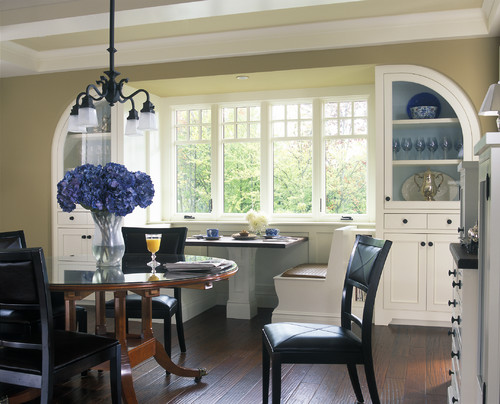We talk a lot about painting. But there is a step that comes before paint that can make the difference between a paint job turning out just okay and one that looks great. We’re talking about using primer.
What is Primer for?
Primer is the not so secret weapon in a professional painter’s toolbox. Many homeowners want to skip over the priming process, but professional painters understand that primer performs a couple big jobs that help make your walls look their best.
Primer’s main purpose is to prepare a surface for paint, while paint is intended to give that surface a specific color and sheen. Primer prepares your walls by sealing a porous surface, blocking stains and/or odors (depending on the formulation), and creating an ideal surface for paint to bond to.
When Should You Use Primer?
Is it always necessary to use primer though? There are the rare cases when you can get away with skipping primer entirely, but chances are you will usually need to spot prime areas of your wall. These questions will help you determine when you can and cannot safely skip this step.
- Are you painting a previously unpainted surface such as new drywall, wood, masonry, etc.?
- Do your walls need patching?
- Are there marks or stains that could potentially bleed through your paint?
- Are you making a significant change in color?
- Are you painting over a surface with a higher level of sheen or significantly changing the level of sheen?
If you answered ‘yes’ to any of these questions, you should apply primer prior to painting. Skipping it may result in poor adhesion, an uneven finish, or your surface requiring extra coats. Does your walls only need minor patching? In this case you can get away with spot priming the patched spots after sanding. Just take care to feather the edges of your primer to prevent any hard lines from showing up.

